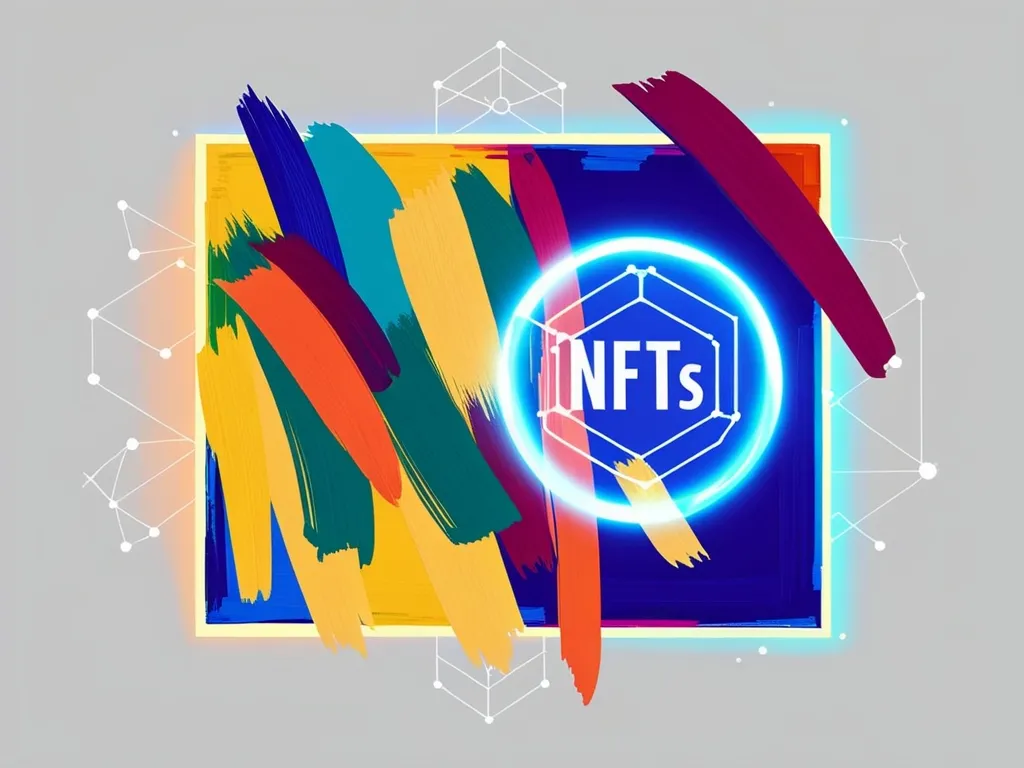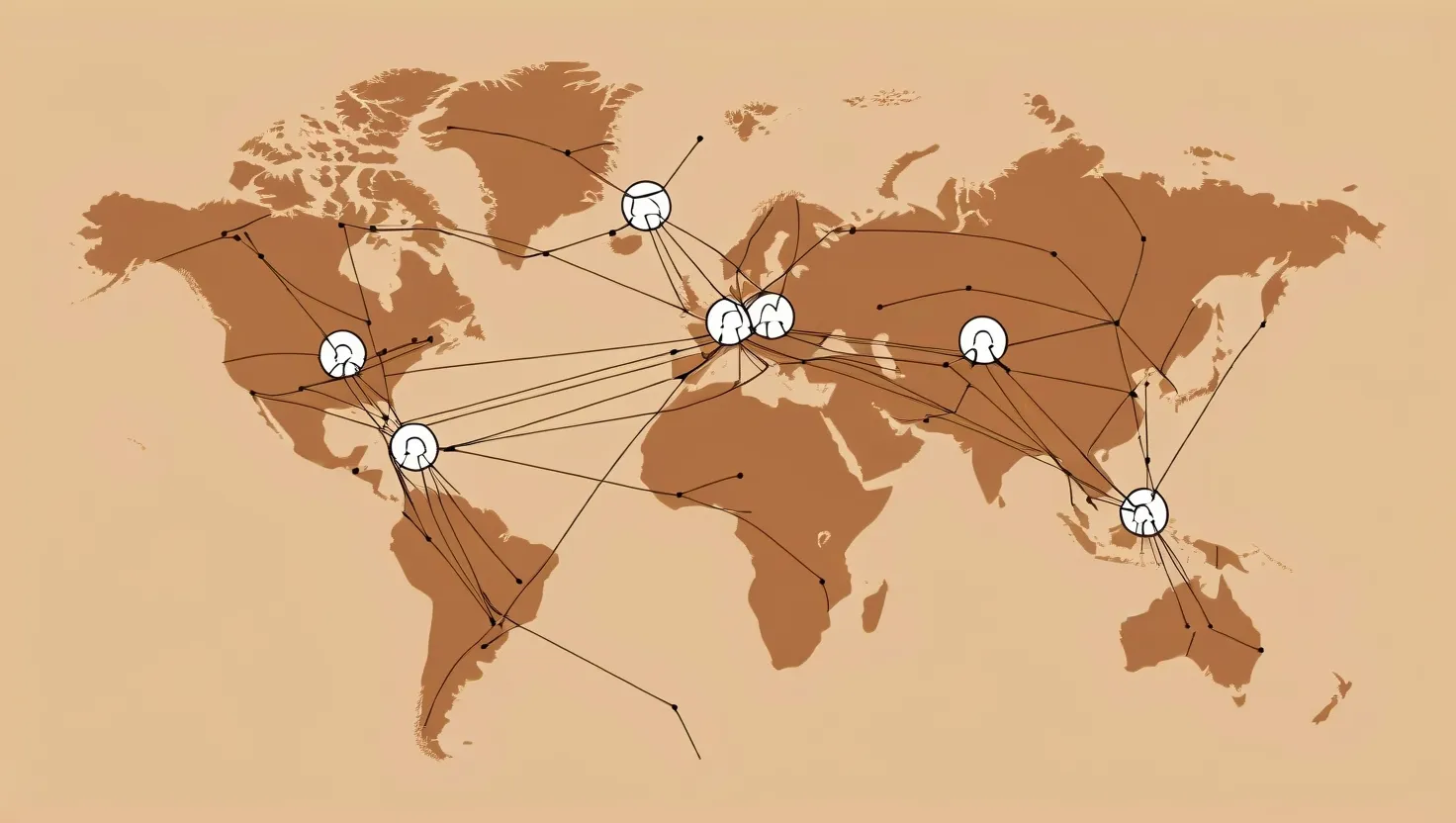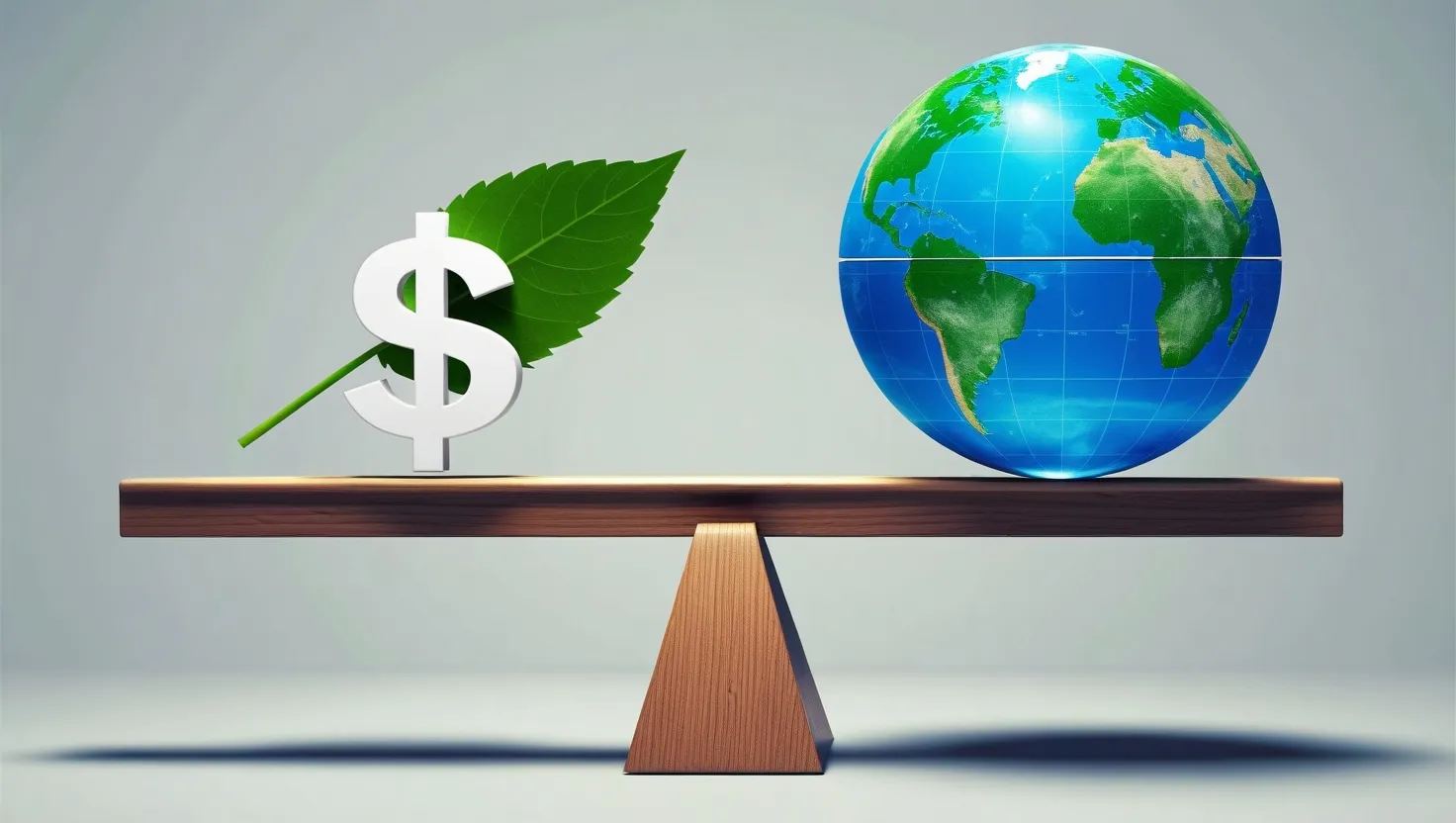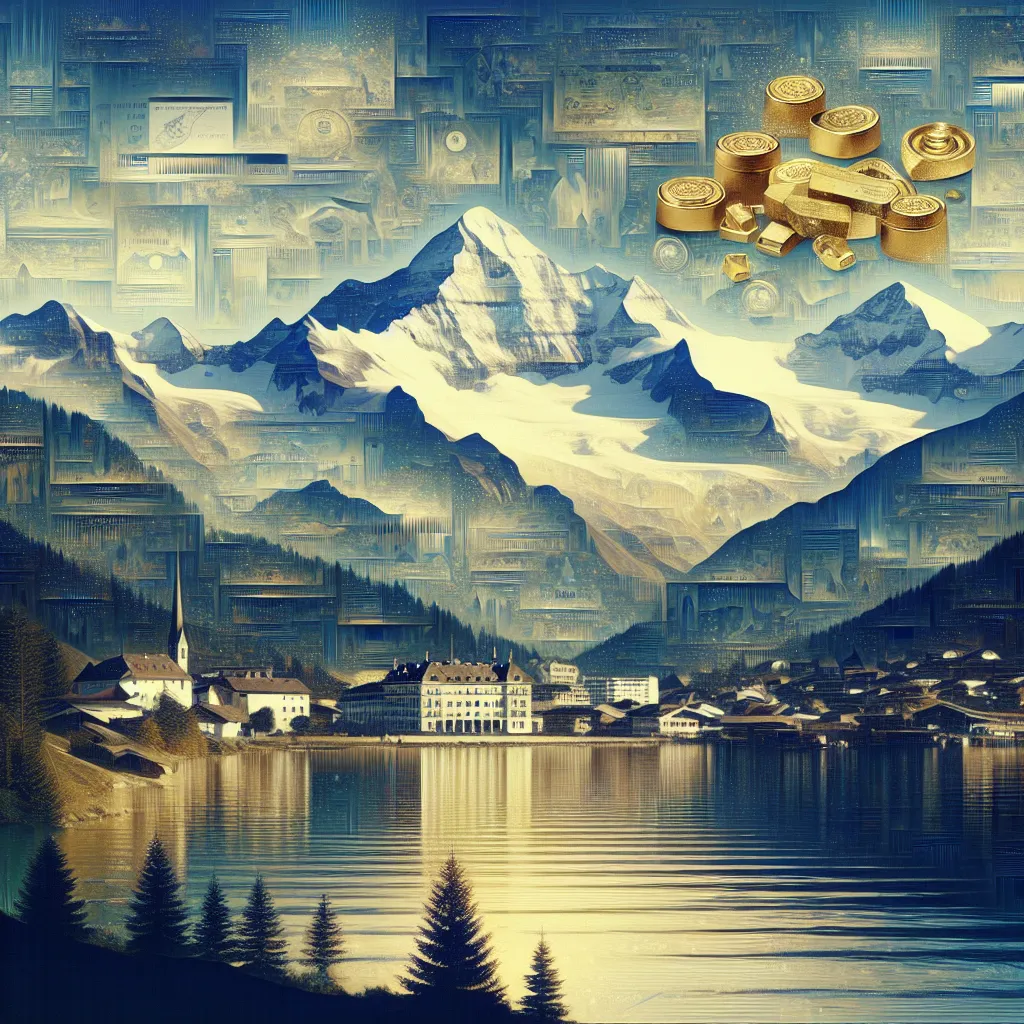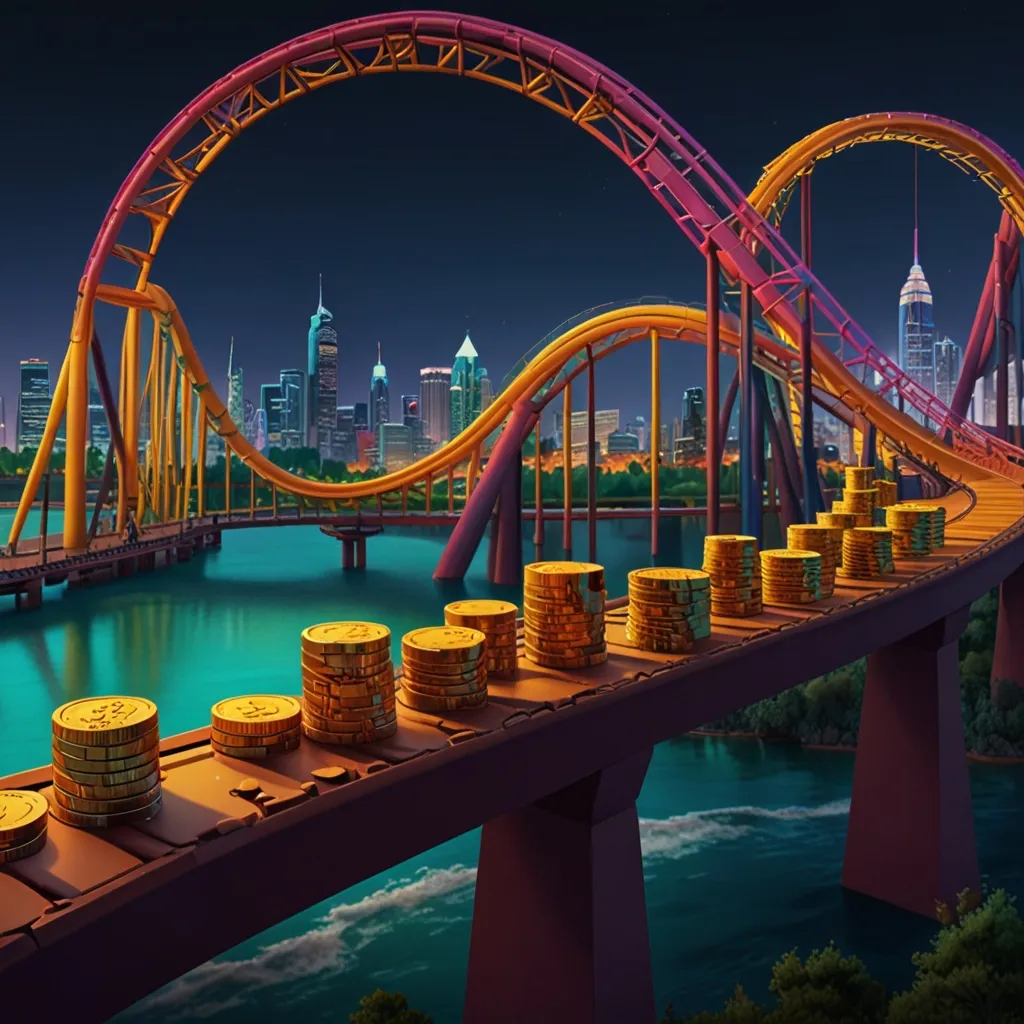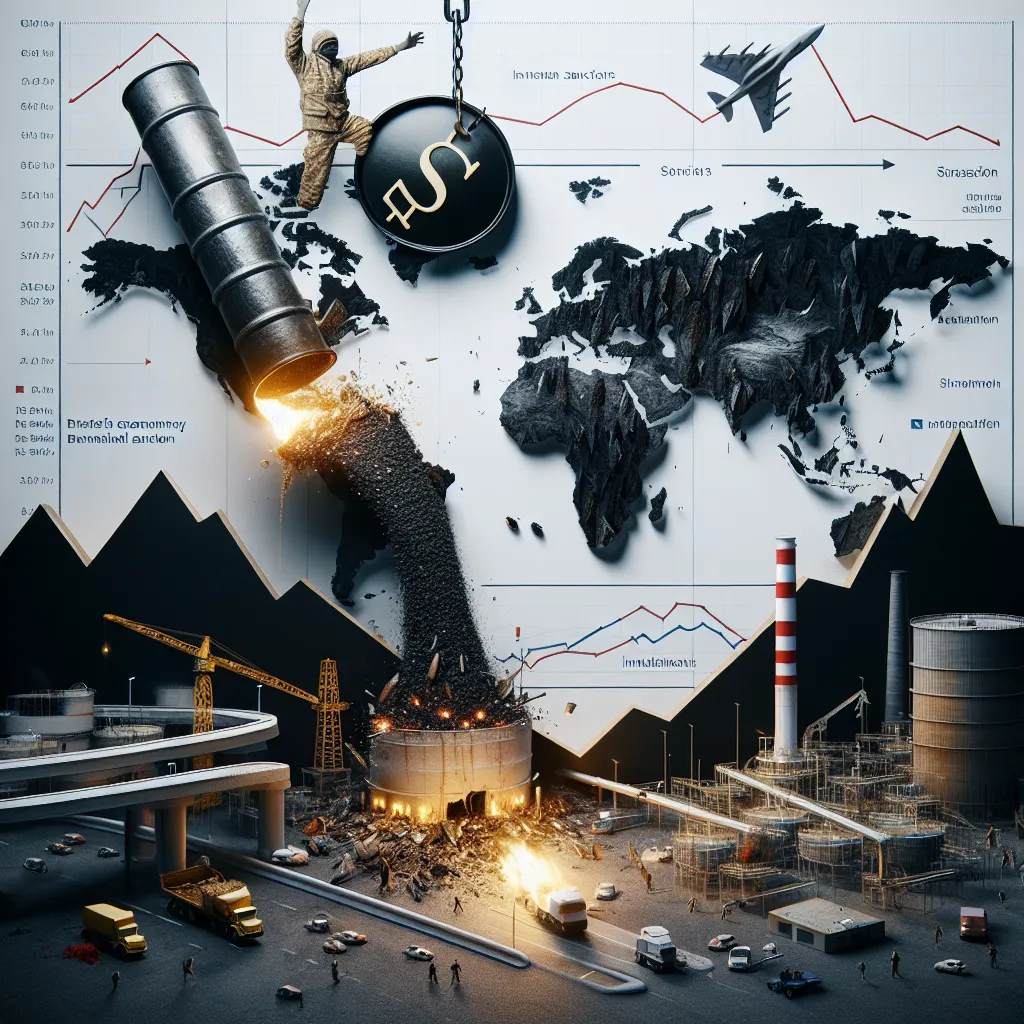As we navigate the complex and ever-evolving landscape of investments, a new and intriguing player has emerged on the scene: Non-Fungible Tokens, or NFTs. For those who are just dipping their toes into the world of digital art, the concept of NFTs can seem both fascinating and daunting. But is digital art, particularly through NFTs, really the future of wealth building?
To understand this, let’s start with the basics. NFTs are unique digital assets that represent ownership of a specific item, whether it’s a piece of art, music, or even a collectible. Unlike traditional cryptocurrencies, which are interchangeable, NFTs are one-of-a-kind, making them highly valuable in the digital realm.
One of the most significant ways NFTs are reshaping the art world is by democratizing access to art. In the past, investing in art was a luxury reserved for the wealthy, with high barriers to entry. However, with the advent of NFTs, artists from all over the world can now create and sell their work directly to a global audience. This has led to an explosion of creativity and diversity, as artists are no longer limited by geographical or financial constraints.
For instance, consider the story of Justin Aversano, a digital artist who has been at the forefront of this revolution. Aversano, like many other artists, has started buying back his own NFTs to regain control over his work’s distribution and valuation. This move not only ensures financial stability but also allows artists to curate and protect their own legacy. It’s a bold step that underscores the evolving relationship between artists and the digital art marketplace.
The financial benefits of NFTs are also noteworthy. Unlike traditional art, where artists typically benefit only from the initial sale of their work, NFTs come with a feature called creator royalties. This means that every time an NFT is resold, the original artist receives a percentage of the sale. This system has created a sustainable economic model for artists, providing them with ongoing financial returns and incentivizing them to continue innovating.
But what about the investment potential of NFTs? The market has shown significant resilience despite recent fluctuations. According to recent data, while the global art market experienced a slight decline in 2023 due to high interest rates and political instability, the NFT market continues to attract investors. Online sales have been a major driver of growth, making it easier for people to invest in art at various price points.
Geographically, the art market is also undergoing a significant shift. China is emerging as a strong player, challenging the traditional dominance of the United States and the United Kingdom. This diversification across regions and market segments is crucial for investors looking to navigate the complexities of the art market.
When considering investing in NFTs, it’s important to focus on quality and diversification. The market is not just about the high-end pieces; there is a growing trend towards prints and multiples, which can offer more accessible entry points for new investors. Additionally, the divide between established and emerging artists presents opportunities for those willing to take calculated risks.
Technological integration is another key factor. As digital platforms continue to expand, they are making it easier for investors to discover, purchase, and manage their digital art collections. This democratization of art investment is not just about accessibility; it’s also about community building. Platforms like Ensemble and Click Create are focusing on long-term relationships with collectors, creating a more engaged and supportive ecosystem for both artists and investors.
However, like any investment, NFTs come with their own set of challenges. The market can be volatile, and regulatory changes are on the horizon. Sustainability considerations are also becoming more important, as investors begin to look at the environmental impact of their digital investments.
Despite these challenges, the future of art investment looks increasingly digital. Major museums are starting to collect top-tier digital art, and high-end collectors are taking notice. The emphasis on community and relationship-building within the digital art space is creating a more balanced and equitable market where artists have greater control over their work.
For those who are skeptical about the value of digital art, it’s worth considering the broader cultural significance. Digital art is not just about financial returns; it’s about participating in a new form of human creativity and expression. It’s about being part of a digital renaissance where artists are reclaiming their artistry and reshaping the future of art.
In conclusion, investing in NFTs is not just a financial decision; it’s a statement of intent. It’s about believing in the potential of digital art to transform the way we think about creativity, ownership, and investment. As the art market continues to evolve, one thing is clear: digital art, through NFTs, is here to stay and could very well be the future of wealth building for those who are willing to embrace this new and exciting frontier.
